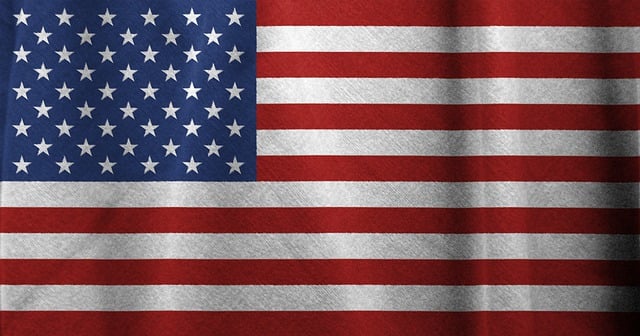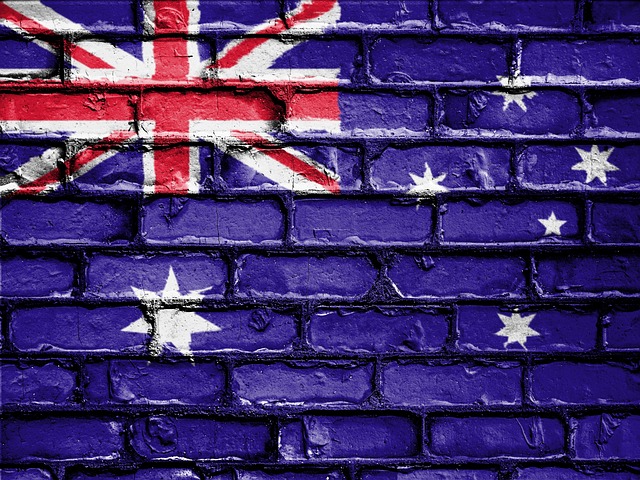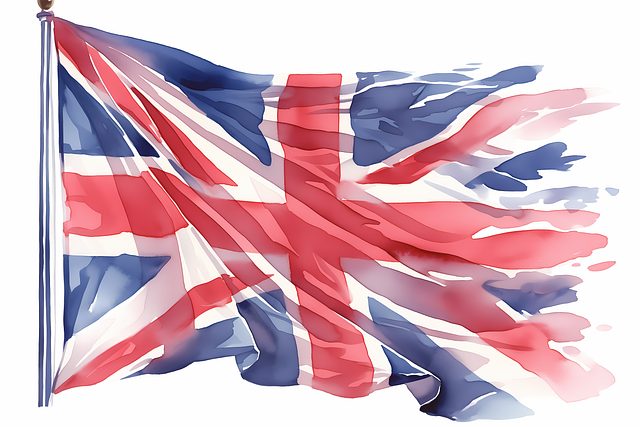The American Flag Skull has emerged as a powerful symbol of rebellion within counterculture, blending patriotic symbolism with anti-establishment sentiment. Its popularity reflects youth expressing dissent through art and challenges traditional notions of national identity. This modern reinterpretation provokes complex emotions, encouraging dialogue about freedom, identity, and national symbolism while igniting debates between supporters who see it as creative freedom and critics concerned with potential incitement. Balancing artistic expression and respect for symbols requires careful consideration of context and audience impact in a society valuing both freedom of expression and collective identities.
“Unveiling the powerful fusion of patriotism and rebellion, this article delves into the intriguing symbolism behind American Flag skull art. We explore how this unique visual representation has emerged as a bold statement within counterculture. From historical roots to modern interpretations, we navigate the complex relationship between nationalism and dissent.
Through deconstructing this powerful imagery, we discuss its impact on national identity, free speech, and public perception, raising questions about the line between controversy and creative freedom.”
- Deconstructing the Symbolism: Exploring the Complex Relationship Between Patriotism and Rebellion
- The Rise of American Flag Skull Art: A Visual Manifestation of Counterculture
- Historical Context: Where Does This Fusion Find Its Roots?
- Modern Interpretation: How Artists are Redefining National Identity Today
- Controversy or Creative Freedom? Examining Public Perception and Free Speech
Deconstructing the Symbolism: Exploring the Complex Relationship Between Patriotism and Rebellion

The image of an American Flag intertwined with a skull has become a powerful symbol, evoking intense emotions and sparking debates. On one hand, it represents patriotism—a proud display of national identity and heritage. The flag, a timeless icon of freedom and unity, is often associated with love for one’s country. However, when merged with a skull, this symbolism takes a dramatic turn towards rebellion. Here, the skull challenges conventional representations, turning the flag into a macabre statement against authority and societal norms.
This fusion is complex as it deconstructs the traditional notion of patriotism, encouraging a rebellious spirit. It’s not about denying national pride but rather questioning its interpretation. The American Flag skull could symbolize a desire for change, a refusal to conform, and an unyielding will to challenge existing power structures. It reflects a complex relationship where patriotism becomes a catalyst for rebellion, urging individuals to question and redefine their connection to the nation.
The Rise of American Flag Skull Art: A Visual Manifestation of Counterculture

The American Flag Skull, a powerful and provocative image, has emerged as a symbol of rebellion within counterculture. This unique fusion of patriotic symbolism and anti-establishment sentiment gained traction in recent years, reflecting a growing desire among youth to express dissent through art. The design, often featuring a human skull adorned with elements of the American flag, serves as a visual declaration against societal norms and government authority.
This artistic movement can be seen as a modern reinterpretation of classic counterculture icons. Just as the peace sign and anarchy symbols became staples of youth rebellion in the past, the American Flag Skull offers a fresh take, leveraging national symbolism to challenge conventions. Its popularity is especially notable among those who feel alienated from mainstream politics and culture, providing them with a means to express their frustration and search for alternative identities.
Historical Context: Where Does This Fusion Find Its Roots?

The bold fusion of patriotism and rebellion has deep historical roots in the United States, where symbols and ideals have often intertwined to create powerful statements. The iconic American Flag skull, for instance, represents a synthesis of these opposing forces. This image, with its striking visual impact, draws on a long tradition of using symbols like the skull to evoke both fear and respect, dating back to ancient societies.
In the American context, such fusion is evident in various historical moments: from revolutionary war propaganda that invoked patriotic fervor against British rule, to modern-day protests where participants display the flag as a symbol of national pride and resistance against perceived injustices. The American Flag skull serves as a poignant reminder of this dichotomy, encapsulating both the spirit of rebellion and the love for one’s country.
Modern Interpretation: How Artists are Redefining National Identity Today

In today’s artistic landscape, a bold fusion of patriotism and rebellion is taking shape, challenging traditional notions of national identity. Modern artists are using their creative platforms to redefine what it means to be part of a nation, often incorporating powerful symbols in unexpected ways. The American Flag skull, for instance, has emerged as a provocative image, blending the iconic symbols of the United States with a skeleton—a universal symbol of mortality and rebellion. This fusion evokes feelings of both pride and dissent, reflecting the complex emotions many feel towards their country.
Artists are navigating this delicate balance by not only paying homage to their heritage but also critiquing societal norms. By reimagining the American Flag skull, they encourage viewers to question conventional ideas of patriotism, fostering a dialogue about identity, freedom, and the evolution of national symbolism in contemporary society. This modern interpretation invites us to reflect on our shared history while embracing a more nuanced understanding of our collective future.
Controversy or Creative Freedom? Examining Public Perception and Free Speech

The bold fusion of patriotism and rebellion, often depicted through imagery like the American Flag skull, has sparked a fervent debate in public spaces. This provocative art form, while celebrating national identity, challenges conventional norms and societal expectations, leaving viewers divided between admiration for creative freedom and concern over potential controversy. Those who embrace this style view it as a powerful expression of individualism and dissent, using symbolism to convey complex emotions and political messages. They argue that free speech is paramount, enabling artists to push boundaries and initiate meaningful conversations about societal issues.
Conversely, critics worry about the potential for incitement and the blurring of lines between artistic statement and hate speech. The public perception of such imagery can be nuanced, with some seeing it as a symbol of rebellion against oppressive systems while others interpret it as a sign of disrespect towards national symbols. Navigating this delicate balance requires careful consideration of context, intent, and the potential impact on diverse audiences, especially in a society that prides itself on both freedom of expression and respect for collective identities.
